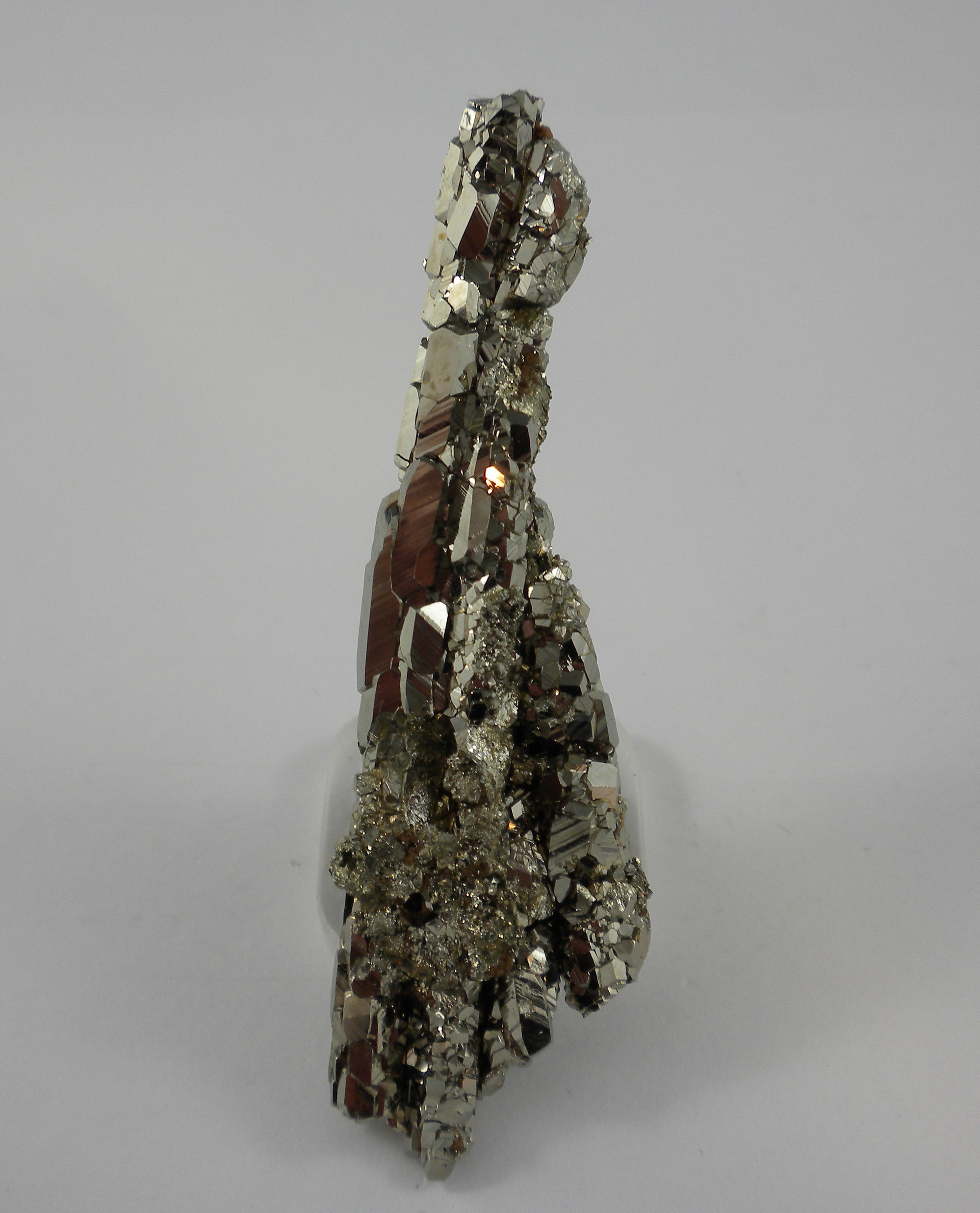Home PageAbout MindatThe Mindat ManualHistory of MindatCopyright StatusWho We AreContact UsAdvertise on Mindat
Donate to MindatCorporate SponsorshipSponsor a PageSponsored PagesMindat AdvertisersAdvertise on Mindat
Learning CenterWhat is a mineral?The most common minerals on earthInformation for EducatorsMindat ArticlesThe ElementsThe Rock H. Currier Digital LibraryGeologic Time
Minerals by PropertiesMinerals by ChemistryAdvanced Locality SearchRandom MineralRandom LocalitySearch by minIDLocalities Near MeSearch ArticlesSearch GlossaryMore Search Options
The Mindat ManualAdd a New PhotoRate PhotosLocality Edit ReportCoordinate Completion ReportAdd Glossary Item
Mining CompaniesStatisticsUsersMineral MuseumsClubs & OrganizationsMineral Shows & EventsThe Mindat DirectoryDevice SettingsThe Mineral Quiz
Photo SearchPhoto GalleriesSearch by ColorNew Photos TodayNew Photos YesterdayMembers' Photo GalleriesPast Photo of the Day GalleryPhotography
╳Discussions
💬 Home🔎 Search📅 LatestGroups
EducationOpen discussion area.Fakes & FraudsOpen discussion area.Field CollectingOpen discussion area.FossilsOpen discussion area.Gems and GemologyOpen discussion area.GeneralOpen discussion area.How to ContributeOpen discussion area.Identity HelpOpen discussion area.Improving Mindat.orgOpen discussion area.LocalitiesOpen discussion area.Lost and Stolen SpecimensOpen discussion area.MarketplaceOpen discussion area.MeteoritesOpen discussion area.Mindat ProductsOpen discussion area.Mineral ExchangesOpen discussion area.Mineral PhotographyOpen discussion area.Mineral ShowsOpen discussion area.Mineralogical ClassificationOpen discussion area.Mineralogy CourseOpen discussion area.MineralsOpen discussion area.Minerals and MuseumsOpen discussion area.PhotosOpen discussion area.Techniques for CollectorsOpen discussion area.The Rock H. Currier Digital LibraryOpen discussion area.UV MineralsOpen discussion area.Recent Images in Discussions
Techniques for CollectorsFracturing pyrite problem
3rd Apr 2018 21:51 UTCPeter K. Szarka
I'd like to know if there's a way to keep this thing together. The specimen is 4.5 cm in length. It has the drip-hole on both ends. The cracks are razor-thin. Is there some sort of a fill method?

3rd Apr 2018 23:54 UTCDavid Baldwin
4th Apr 2018 00:19 UTCKeith Compton 🌟 Manager
I am not sure whether your specimen has "dried out" but rather reacted more to moist or humid air.
Better to remove it from being near any other mineral specimens.
I recently purchased a small Elba Hematite / Pyrite and it s has split in half and is self destructing rapidly. I realy didn't expect the Elba piece to self destruct.
It's now in the "isolation ward".
I'll take a couple of pics of my piece and post them soon ( it'll effectively be "alive and demised" photos ).
Cheers

4th Apr 2018 01:15 UTCAlfredo Petrov Manager

4th Apr 2018 01:19 UTCHolger Hartmaier 🌟
BTW: Sorry to hear about the cracks in specimen. It looks like a nice piece. The pyrite at this mine was pseudomorphous after marcasite, so perhaps some "pyrite disease" is occurring due to some marcasite being present. The ground temperature in the underground mine was around -12 degrees C. When samples were collected, they frequently fell apart when thawed. So it is also likely that your specimen was stabilized by frost action underground and incipient cracks may have formed due to thermal expansion.
Cheers,
Holger
4th Apr 2018 01:38 UTCPeter K. Szarka
Beautiful while it lasts I guess.
I will heed your suggestions and isolate it from the other specimens. Thank you.
4th Apr 2018 01:49 UTCReiner Mielke Expert
4th Apr 2018 05:17 UTCDean Allum Expert
It is a far better fate for these specimens to have a microscopic coating of hydrocarbons than to become a lump of sulfates.
Thanks again Reiner!
4th Apr 2018 15:31 UTCAndrew Debnam 🌟
4th Apr 2018 20:23 UTCPeter K. Szarka
Thanks. Good idea. This sounds like a good solution and was sort of what I had envisioned, a type of infiltration.
I also had an idea of coating a very thin wire with glue and inserting it inside the drip hole to solidify it. But then I get the problem of dissimilar metals.
Wish I had this knowledge before the Chines 'sun' pyrite concretion fell apart.




Mindat.org is an outreach project of the Hudson Institute of Mineralogy, a 501(c)(3) not-for-profit organization.
Copyright © mindat.org and the Hudson Institute of Mineralogy 1993-2024, except where stated. Most political location boundaries are © OpenStreetMap contributors. Mindat.org relies on the contributions of thousands of members and supporters. Founded in 2000 by Jolyon Ralph.
Privacy Policy - Terms & Conditions - Contact Us / DMCA issues - Report a bug/vulnerability Current server date and time: April 25, 2024 22:48:12
Copyright © mindat.org and the Hudson Institute of Mineralogy 1993-2024, except where stated. Most political location boundaries are © OpenStreetMap contributors. Mindat.org relies on the contributions of thousands of members and supporters. Founded in 2000 by Jolyon Ralph.
Privacy Policy - Terms & Conditions - Contact Us / DMCA issues - Report a bug/vulnerability Current server date and time: April 25, 2024 22:48:12










